What is a haboob? It's just dust in the wind....
Heavy rains or a collapsing thunderstorm can bring an enormous rush of cold air racing toward the ground, creating a massive wall of dust -- or haboob.
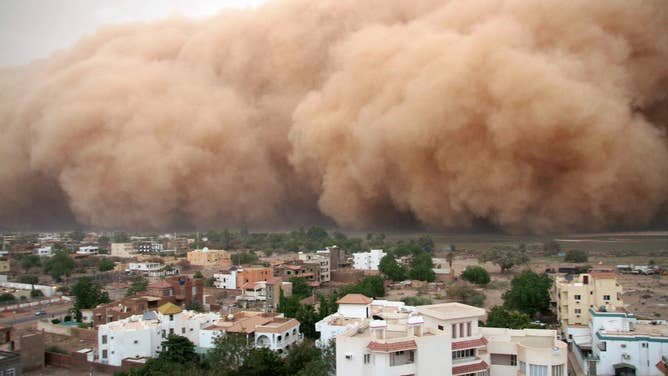
A gigantic cloud of dust known as "Haboob" advances over Khartoum on April 29, 2007.
(STR/AFP / Getty Images)
PHOENIX – It's a sunny and hot day in the Desert Southwest. All of a sudden, in the distance, a strange orange cloud fills the horizon. The cloud moves closer and closer, like a surreal wall of darkness. Soon, the cloud overtakes you, the skies go dark into a deep orange tint, the wind howls, and your unprotected eyes squint shut as the force of trillions of tiny particles of sand blast your face.
You've just been struck by a haboob -- another name for a dust storm. According to NOAA, it gets its name from the Arabic word "haab," which means wind or blow.
Intense downdrafts from nearby thunderstorms cause haboobs. Heavy rains or a collapsing thunderstorm can bring an enormous rush of cold air racing toward the ground. As the air hits the ground, it rushes outward -- think of what happens when you drop a water balloon, and it explodes on the ground sending water rushing out in all directions, only in this case, it's air rushing outward.
The front edge of the air rush — known as an outflow boundary — will scoop up a lot of the dust and dirt on the barren landscape and carry it along, creating what amounts to a dust front.
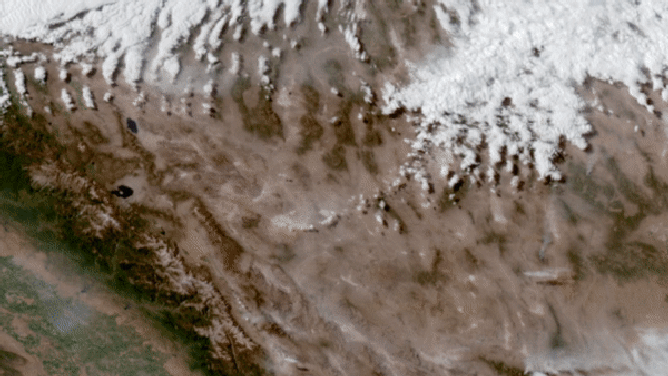
Satellite imagery shows a dust storm blowing out of Nevada.
Inside the haboob, skies turn a dark orange color from the dust, and visibilities can quickly drop to near zero, making haboobs extremely dangerous along freeways and highways.
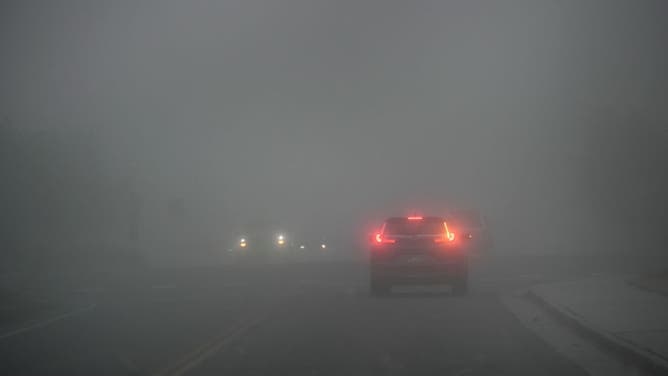
A dust storm called a haboob seems to take over cars along East 6th ave near Tower Road before a big Fall snowstorm hits the metro area on October 9, 2019 in Aurora, Colorado.
(Helen H. Richardson/MediaNews Group/The Denver Post / Getty Images)
Strong haboobs can also bring damaging winds up to 60 mph that can topple trees and knock out power as dust is blown as high as 10,000 feet — or about seven times the height of the Empire State Building!
According to NOAA forecasters, the storms usually last about 10 to 30 minutes, but some can linger longer, wreaking havoc on the region's transportation systems.
LEARN: 7 Facts About Monsoon Season
Haboobs can happen anywhere there is a lot of flat, empty desert land, but they are most common in the United States in the Desert Southwest -- looking at you, Arizona.
"Storms would typically develop along the Mogollon Rim, which is north and east of Phoenix, and storms can then move downslope into the lower deserts... and help produce dust storms," says Stephanie Olmo with FOX10 Weather in Phoenix.
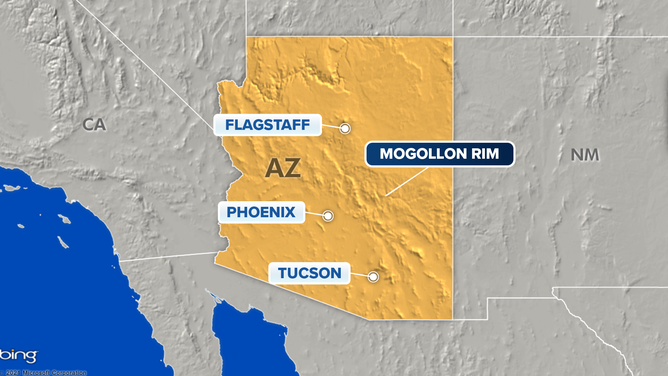
(FOX Weather)
Those thunderstorms then create the downdrafts needed to push the strong winds out over the desert.
"Outflow boundaries can also generate new storms, which we see happen A LOT here," Olmo said. "It becomes difficult to forecast."
LEARN: What and When is the Monsoon Season?
Forecasters say Phoenix averages about one to three haboobs per year, with Arizona reporting 100 dust storms in the past 10 years.
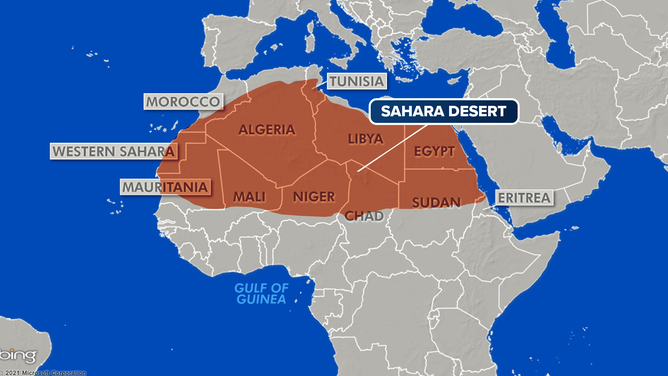
Haboobs are also common in the Sahara Desert, along the Arabian Peninsula, in North Africa and the Gulf of Guinea.